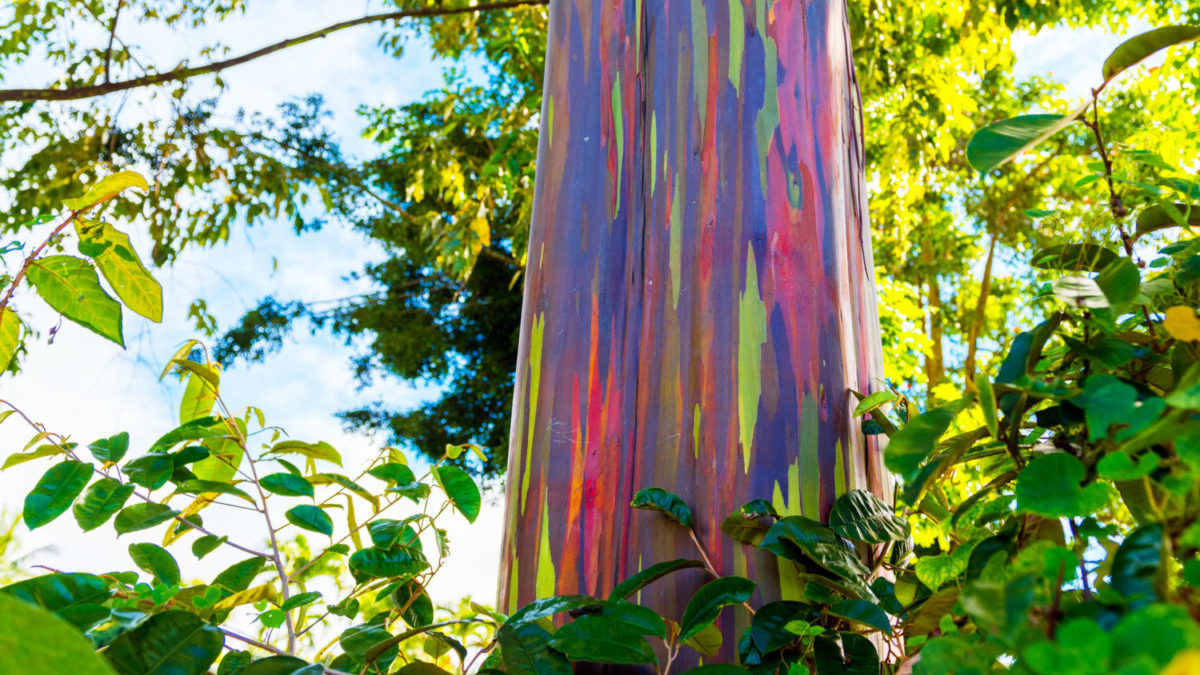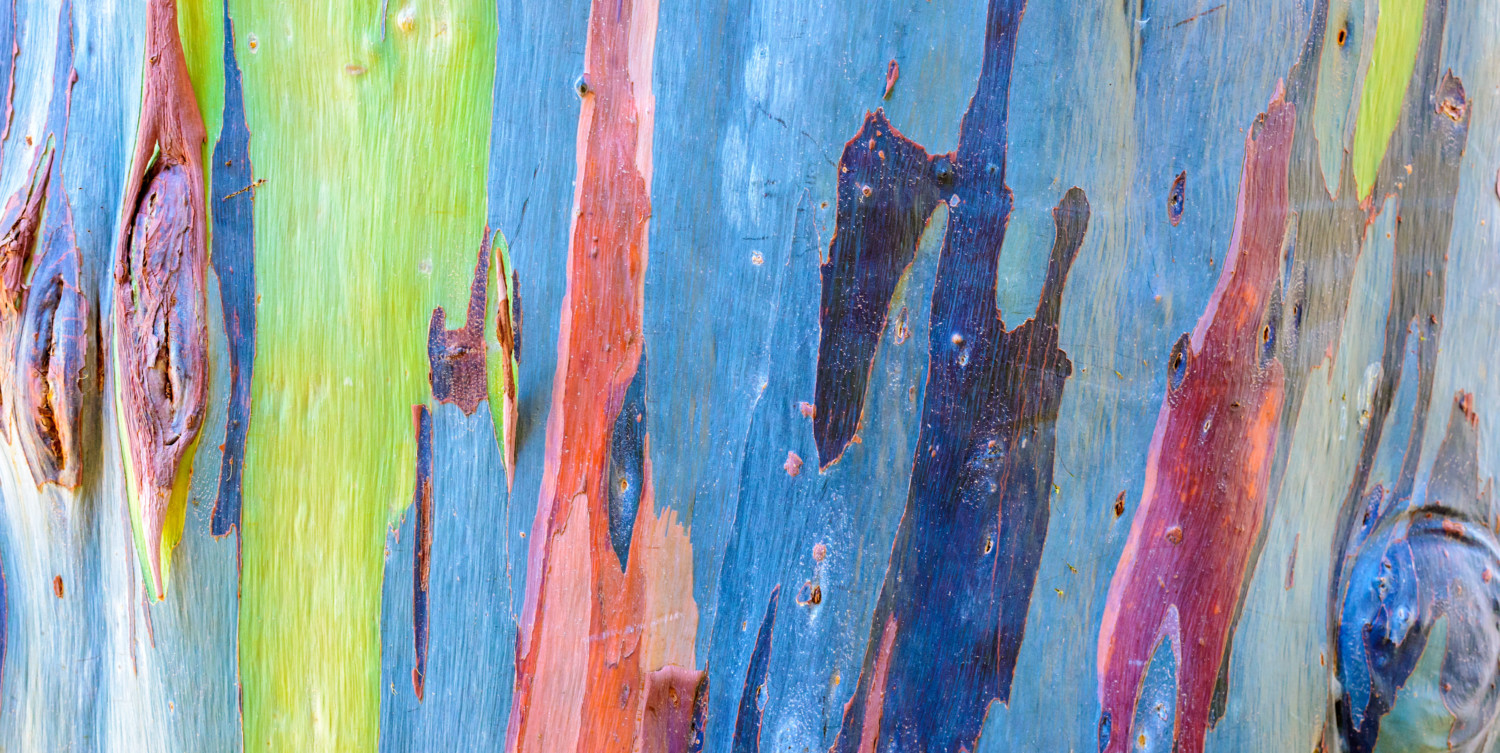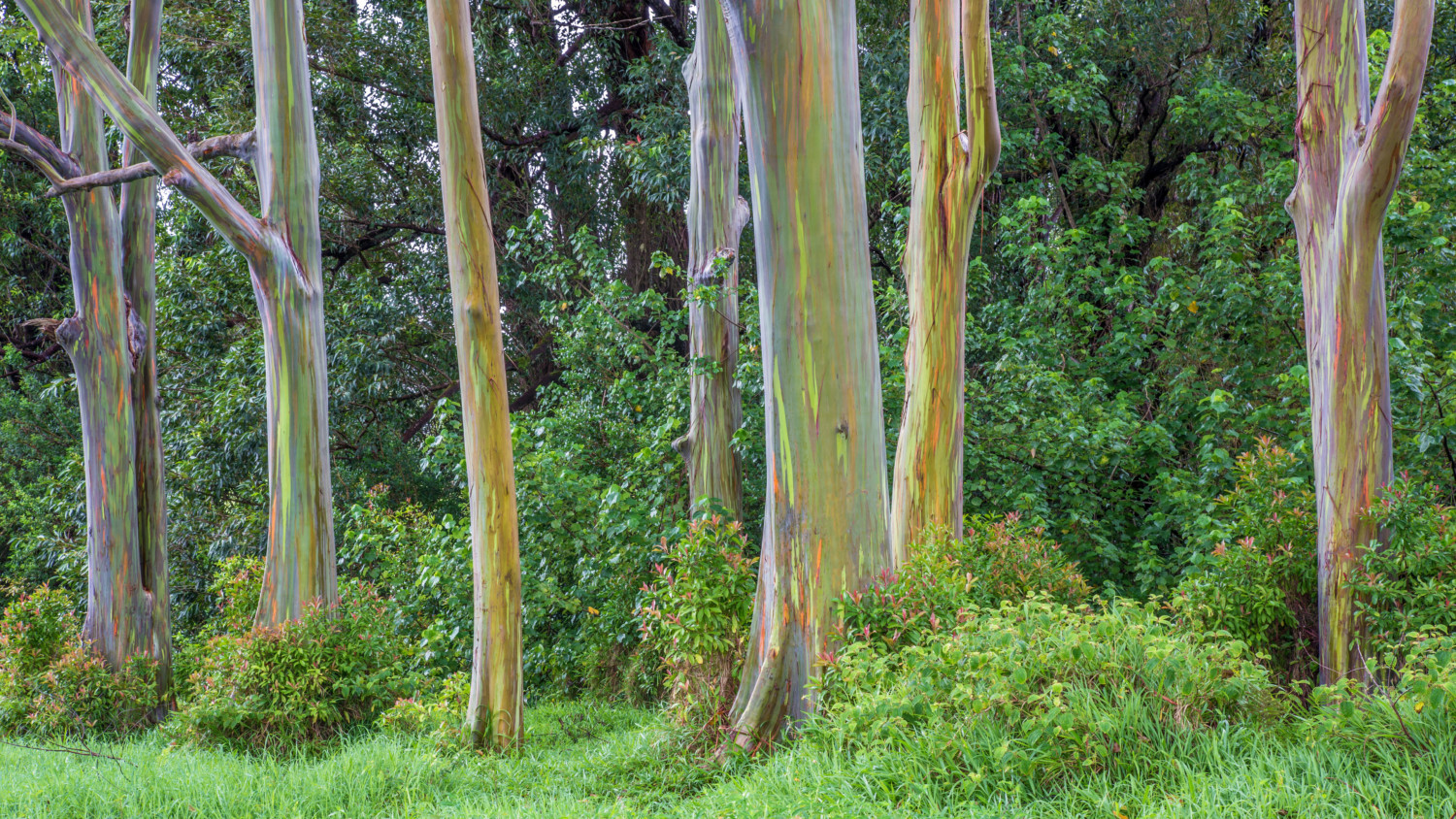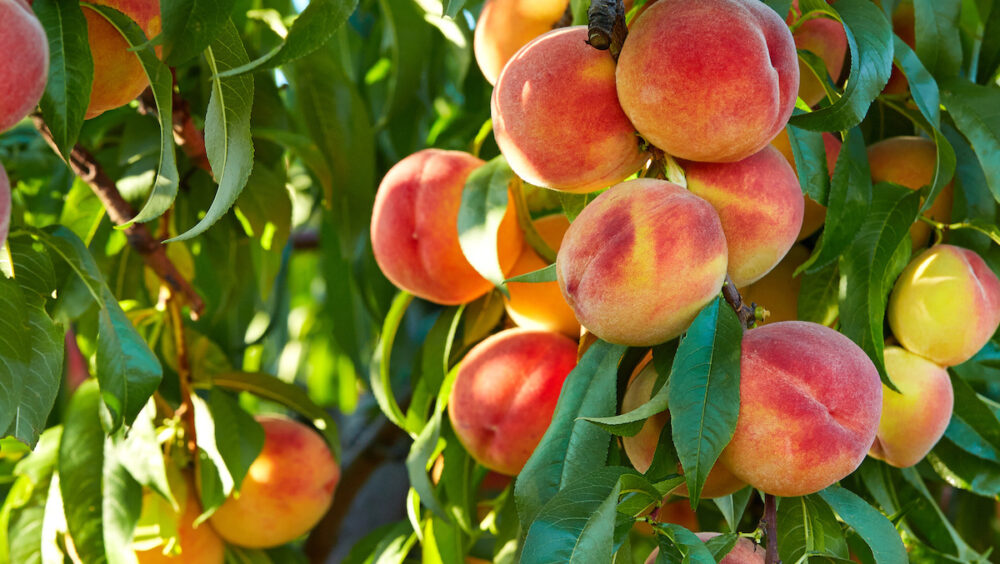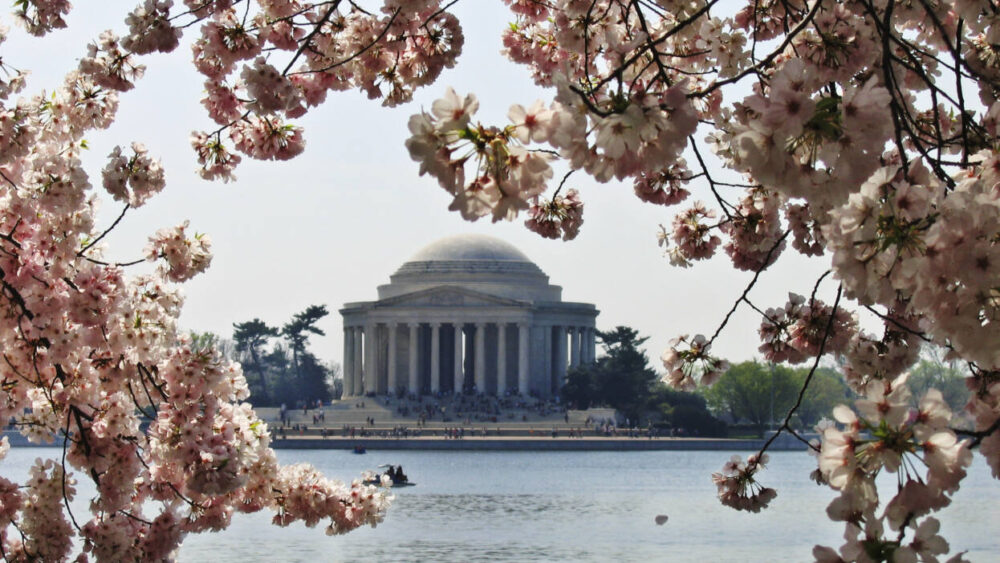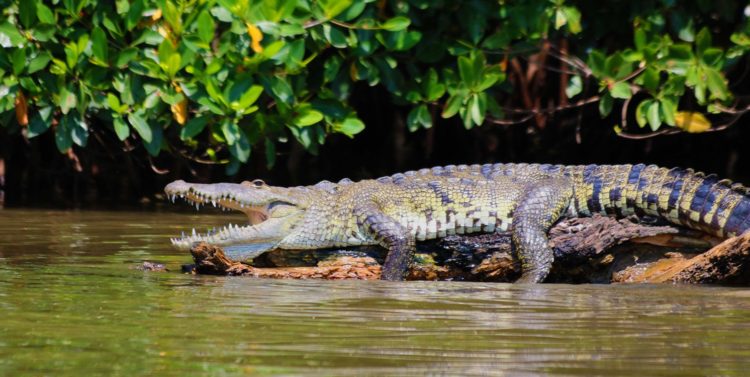Where you can see rainbow eucalyptus trees
The natural world is full of multi-colored wonders: vibrant flowers, birds with dazzling feathers and animals covered in every possible hue. When it comes to trees, we don’t typically associate them with bright, fluorescent colors. But the eucalyptus deglupta tree, also known as the rainbow eucalyptus tree or rainbow gum tree, has neon-striped bark that can compete with the most eye-catching attractions in any forest.
Native to the Philippines, Indonesia and Papua New Guinea, the tree reveals its rainbow colors when its bark peels off throughout each season and the fresh bark turns from bright-green to shades of blue, orange, purple and red.
This amazing tree can also be found in Hawaii (the state’s first eucalyptus deglupta tree was planted at Wahiawa Botanical Gardens on O’ahu in 1929, according to Tour Maui) and in the southern parts of California, Florida and Texas.
“As it ages, the stuff that doesn’t look as colorful, has been oxidized somewhat, it peels off,” Bradley Brown, a master arborist with Tree Life Consulting, San Diego, told KGTV. “Over time, the new bark will have those varying shades of color.”
Brown believes the rainbow eucalyptus tree should be embraced as a symbol of San Diego, where heavy rain over the last few years has resulted in more colorful trunks. “It’s something we should embrace. It’s kind of San Diego’s tree,” he told KGTV. “You see pictures of L.A. and they have palm trees. Ours is the Eucalyptus.”
Not only is the rainbow eucalyptus a uniquely colorful tree, it’s also very tall. The tree grows up to 125 feet in the U.S. and can reach double that height in its native environments, per Gardening Know How. Like other eucalyptus trees, this type also has a strong scent that makes it even more charming.
If you fancy one of these gorgeous trees in your yard, you might want to rethink that notion (or consider an artificial rainbow tree indoors). While it’s probably possible if you live in a frost-free environment with plenty of rain, there’s the size issue to consider. This is an enormous tree that many yards simply couldn’t accommodate, so it’s probably best kept to large open areas.


